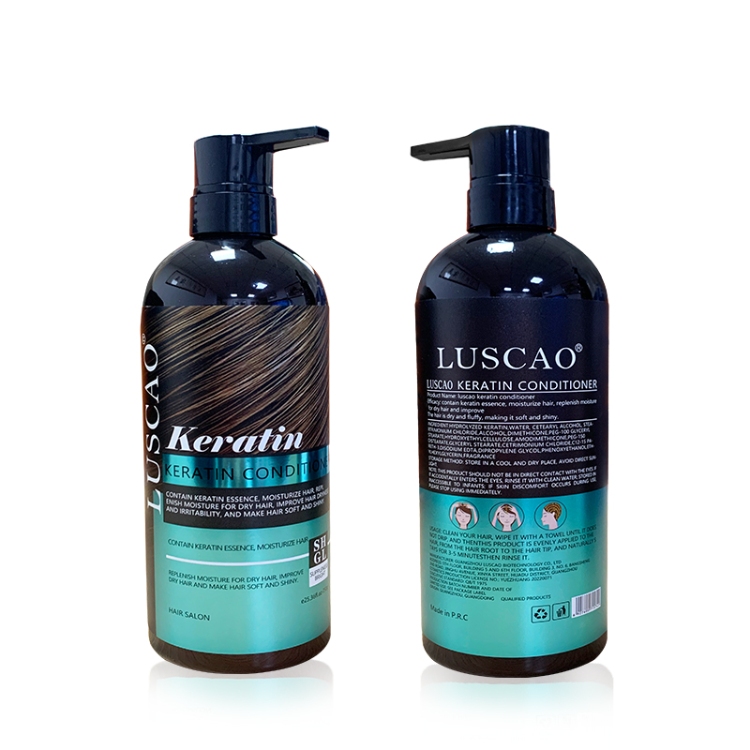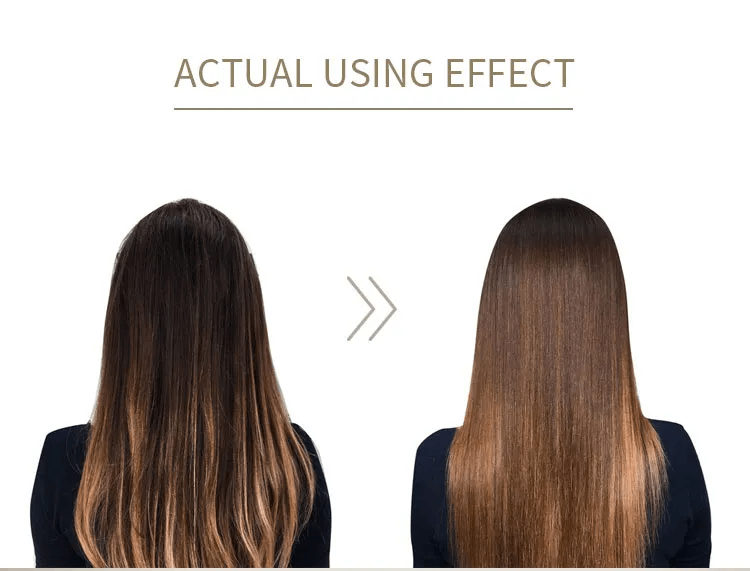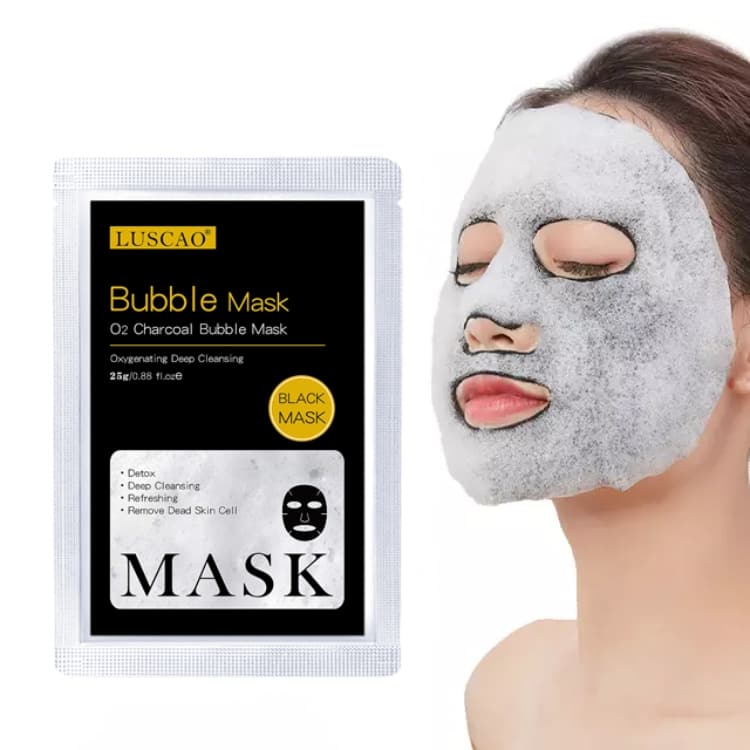The Insider’s Guide to Choosing the Right Skincare Manufacturer in China: Pros, Pitfalls & Pro Tips
Why China? The Global Skincare Manufacturing Powerhouse
China isn’t just a manufacturing hub—it’s the engine behind 40% of global cosmetics production. With cutting-edge R&D labs, vertically integrated supply chains, and agile production lines, Chinese factories empower brands to launch products faster and cheaper. But not all suppliers are created equal. From ghost factories with glossy brochures to compliance nightmares, the wrong choice can sink your brand. As industry insiders, we’ll unpack how to navigate China’s skincare manufacturing landscape—maximizing advantages while dodging disasters. Let’s dive in.
Section 1: The Pros — Why China Dominates Skincare Manufacturing
-
Cost Efficiency Without Compromise
- Lower MOQs & Production Costs: Factories in Guangdong and Zhejiang offer Minimum Order Quantities (MOQs) as low as 1,000–5,000 units—ideal for startups. Labor and raw material savings reduce unit costs by 30–50% vs. Western suppliers.
- Economies of Scale: Bulk ingredient purchasing and automated production lines slash prices for serums, creams, and masks while maintaining quality.
-
Cutting-Edge Technology & Innovation
- Advanced Formulations: Leading factories invest in R&D for breakthrough actives (e.g., plant stem cells, nano-encapsulated retinol) and textures (hydrogel, bio-cellulose masks).
- Sustainable Solutions: Eco-forward options like biodegradable sheet masks, PCR packaging, and waterless concentrates are now standard.
-
Flexibility in Customization
- OEM vs. ODM Mastery:
- OEM: Customize existing formulas (fragrance, texture, actives) with your branding.
- ODM: Full concept-to-creation support—ideal for brands lacking R&D resources.
- Packaging Creativity: Support for bespoke bottles, pumps, and recyclable materials.
- OEM vs. ODM Mastery:
-
Speed-to-Market Agility
- 60–90-day turnaround from formulation to shipment, leveraging streamlined supply chains and in-house labs.
Section 2: The Pitfalls — Hidden Risks & How to Avoid Them
-
Quality Inconsistencies
- Red Flag: Factories skipping third-party stability tests (e.g., challenge testing, patch testing), leading to separation, contamination, or irritation claims.
- Fix: Demand ISO 22716/GMP certifications and batch-specific COAs (Certificates of Analysis).
-
Communication & Compliance Gaps
- Red Flag: Vague responses about ingredient sourcing (e.g., “natural” claims without traceability) or regulatory alignment (EU ECOCERT, US FDA).
- Fix: Require detailed documentation for every raw material and final product.
-
MOQ Traps and Hidden Fees
- Red Flag: Low initial MOQs with steep charges for custom packaging or formula tweaks.
- Fix: Get all costs in writing—including mold fees, lab testing, and revisions.
-
Sustainability “Washing”
- Red Flag: Claims of “eco-friendly” packaging without certifications (e.g., FSC, recyclability proofs).
- Fix: Audit factory waste management systems and material sourcing policies.
Section 3: Pro Tips — Vetting Your Ideal Skincare Factory
-
Due Diligence is Non-Negotiable
- Verify Credentials: Check business licenses, ISO certifications, and export histories via platforms like Alibaba Trade Assurance or Global Sources.
- Demand Samples: Test product performance (spreadability, absorption, scent) and packaging durability.
-
Ask These Deal-Breaker Questions
- “Can you provide traceability documents for all actives (e.g., hyaluronic acid source)?”
- “What’s your process for reformulating if a batch fails stability testing?”
- “Show me your audit reports for ethical labor practices.”
-
Prioritize Transparency Over Price
- Choose factories with open-door policies for virtual/live facility tours. Watch for:
- Clean, organized production zones.
- QC checkpoints at every stage (filling, labeling, sealing).
- Choose factories with open-door policies for virtual/live facility tours. Watch for:
-
Start Small, Scale Smart
- Pilot with 1–2 products to assess quality consistency before expanding. Track:
- On-time delivery rates.
- Customer complaint ratios.
- Pilot with 1–2 products to assess quality consistency before expanding. Track:
Conclusion: Partner, Don't Just Procure
China’s skincare factories offer unparalleled opportunities—if you know how to filter the contenders from the pretenders. By prioritizing transparency, compliance, and innovation, you’ll transform manufacturing from a cost center into a competitive edge. Remember: Your factory isn’t a vendor; they’re the backbone of your brand’s reputation. Choose wisely.
“In skincare manufacturing, the right partner doesn’t just make products—they build trust.”
 Reclaim Your Crown: The Ultimate Scalp Serum Guide (Plus How to Pick YOUR Perfect Match!)
Reclaim Your Crown: The Ultimate Scalp Serum Guide (Plus How to Pick YOUR Perfect Match!)
 Why Your Hair Feels Like Steel Wool (And How Liquid Keratin Fixes It)
Why Your Hair Feels Like Steel Wool (And How Liquid Keratin Fixes It)
 Grease-Free & Confident: Fix 5 Men’s Skin Woes in 10 Minutes Flat!
Grease-Free & Confident: Fix 5 Men’s Skin Woes in 10 Minutes Flat!
 Revealed: The Secret Science Behind Your Favorite Sheet Masks (From Lab Bench to Luxury)
Revealed: The Secret Science Behind Your Favorite Sheet Masks (From Lab Bench to Luxury)

